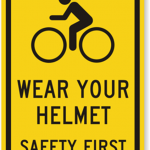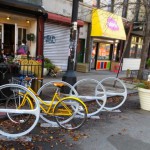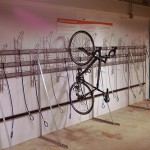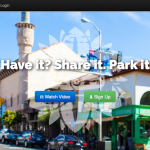Commutes are getting longer; automated options on the horizon
Technology stands to transform workers’ commutes even more over the next few years than it has in the recent past. Consider one recent study out of the University of Cincinnati, which finds that almost everyone has experienced a jump in commute length over the last 20 years, or the opinion of expert Antonio Loro, an urban planner working on emerging technologies’ planning implications, who recently discussed the impact driverless taxis will have on the changing urban transportation landscape. Transportation needs, and the technology to fill those needs, is changing fast.
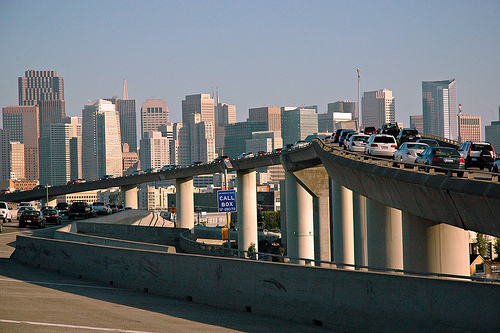
Technology is set to change commutes. Image from Wonderlane.
First, check out this recent study: Daniel Schleith, a University of Cincinnati doctoral student of geography, analyzed 25 metro regions over two decades to determine the shortest and longest commutes as they changed from 1990 to 2011.
The study discovered that of the 25 sampled cities, the top five cities with the worst (or “longer-than-average”) commutes in 2011 include:
- Atlanta, with 17 miles and 1.8 million commuters;
- Phoenix, with 15 miles and 1.4 million commuters;
- St. Louis, with 14.8 miles and 1 million commuters;
- Miami, with 14.376 miles and 1.8 million commuters;
- Seattle, with 13 miles and 1.3 million commuters.
That varied with the 1990 numbers for top five worst commuter cities:
- Atlanta, with 10.42 miles and 1.27 million commuters;
- San Diego, with 9.04 miles and 1.12 million commuters;
- St. Louis, with 8.81 miles and 1.02 million commuters;
- Seattle, with 8.57 miles and 1.15 million commuters; and
- Minneapolis, with 8.08 miles and 1.22 million commuters.
The changes can be attributed in part to the growth (or shrinkage) of the cities in question. Of the 25 areas studied since 1990, “five held the same boundary, six shrank their boundaries and 14 grew their boundary.” Miami added two counties, adding 1.1 million jobs, from 1990 to 2011, resulting in a maximum commuting distance to 45.5 miles.
Portland removed counties, decreasing its travel time and distance from 1990 to 2011. “Ultimately, we find that all of the commuting metrics are relatively stable over a period of multiple decades,” says Schleith. “[B]ecause these measures are averaged over hundreds of thousands of commuters, small changes in their values should be considered as important differences.” (Check out the full study here: Research explores national trends in commuting patterns.)
While geography plays a part in commute length, technology shapes the way a commute unfolds. In his recent guest post for the blog, Human Transit, urban planner Loro outlines a future where driverless taxis help move people from place to place in tandem with high-occupancy buses and rail transit.
One interesting study Loro mentions shows how dramatically driverless taxis could drop car usage and parking in Lisbon, Portugal: “[E]ven in a scenario where 8% of trips go by foot or bike, none go by transit, and the remaining 92% go by driverless taxis that serve single passengers… researchers say that the number of taxis needed would be less than a quarter of the number of cars currently in use.”
And another study discovered another startling finding: “[A] fleet sized at one-third of the total number of passenger vehicles currently in use in [Singapore] could serve all trips while keeping peak period waiting times for the average passenger under 15 minutes.”
Yet, as Loro points out, driverless taxis aren’t the only solution; in fact they are a part of a larger, automated transit landscape that works together to reduce the need for cars (and parking). Automating buses, for one, would exert major impact. “It’s important to think beyond just driverless taxis,” writes Loro, and to “to consider the advantages and disadvantages of a range of potential automated vehicles and services – including buses, driverless taxis, and low-speed vehicles.”
Related Posts
Category: Transportation












